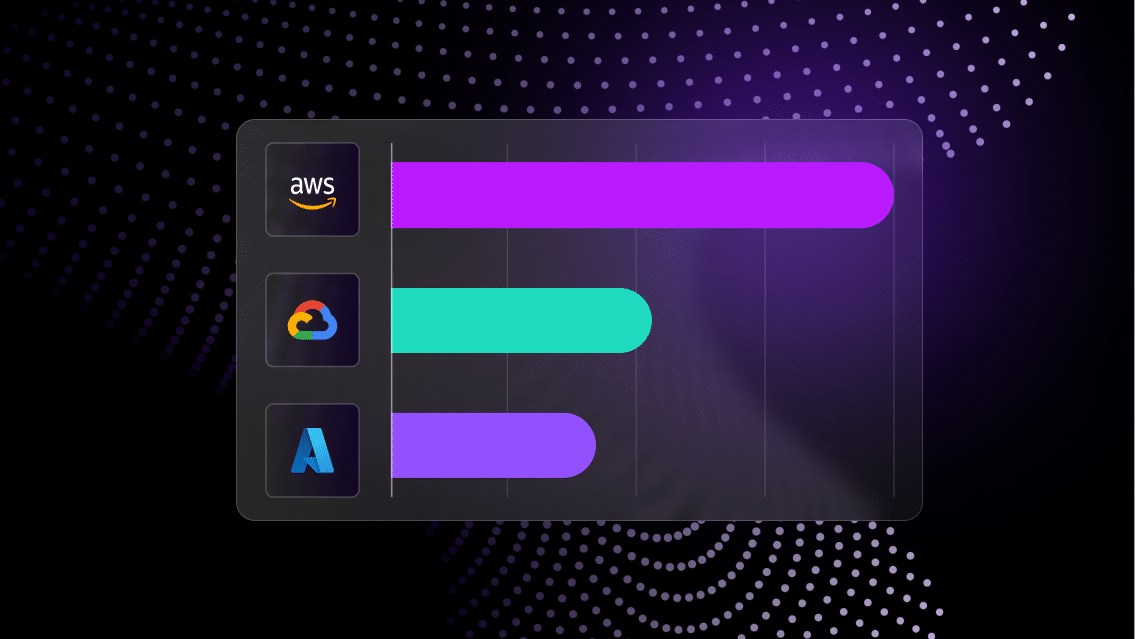Welcome to this month’s roundup of product enhancements and other resources for the Quali Torque community.
For newcomers, Torque helps DevOps and platform engineering teams optimize operations for cloud infrastructure management, from Day 0 through Day 2 of the infrastructure lifecycle.
For an introduction to Quali Torque, watch this brief demo:

Here are this month’s updates:
Schedule Custom Inventory Resources, Such as Software Licenses & GPUs
Torque creates automation assets needed to support users’ workloads. In many cases, these automation assets entail infrastructure and application services like virtual machines, storage, databases, and even Kubernetes clusters and Virtual Private Clouds.
Using Torque’s Cloud Resources Inventory Service, users can create these assets in a variety of ways:
- Connecting to the Git repository, discovering automation assets (such as Infrastructure as Code and Configuration Management) and normalizing them as inventory assets in Torque
- Connecting to the cloud accounts (e.g. AWS and Microsoft Azure), discovering configurations of resources deployed, and generating them as inventory assets and/or Infrastructure as Code modules
- Creating an automation asset natively in Torque
This inventory is helpful for a variety of purposes. For the provisioning of individual cloud services, Torque’s UI allows for secure democratization by eliminating the need to enter security credentials or input parameters, while also providing management and visibility. Additionally, Torque’s AI Copilot leverages this resource inventory to create and provision Environment as Code blueprints, which define all components, dependencies, and inputs needed to generate a workload.
As we’ve come to understand our customers’ needs, we’ve found that many use cases require more than just infrastructure and application services. For example, the assignment of software licenses can complicate the delivery of workloads, as users are required to make trade-offs over the assignment of licenses available.
Torque’s new Inventory Service enables customers to register custom resources within Torque, extending beyond cloud-based assets. Users can now onboard resources such as software licenses, GPUs, static VMs, and other specialized infrastructure components, making them available for scheduling and reservation.
Additionally, Torque’s new Scheduling Service provides a mechanism to define and allocate specific resource types and quantities for blueprints and environments.
This feature ensures exclusive reservation of critical resources—such as software licenses—during an environment’s lifecycle, preventing contention and optimizing resource utilization.
Support for AWS Cloud Development Kit (CDK)
To deploy environments, Torque normalizes each component of the environment to streamline the orchestration of dependencies and input parameters. This allows users to discover and leverage their infrastructure automation assets defined in Infrastructure as Code (Terraform, OpenTofu, etc.) and Configuration Management (Ansible) to create Environment as Code blueprints without the need to reconcile differences in languages or other nuances across tools.
Torque users can now integrate AWS CDK constructs into these blueprints. This simplifies the creation of orchestration pipelines while simplifying input parameters, output handling, drift detection, and automated provisioning workflows.
New Configuration Page for Administrative Settings
The recently introduced Configuration Page improves usability by centralizing key administrative settings in Torque.
This enhancement streamlines access to critical configurations, including:
- AI Settings – Configure and manage the preferred AI engine.
- SSO Login – Manage single sign-on authentication.
- Weekly Digest – Customize scheduled email summaries.
- Approvals – Define approval workflows for environment provisioning.
- Audit Logs – Access and review security and compliance logs.
- White Labeling & Announcements – Customize branding and system-wide
Session Recording: Optimizing Cloud Costs with Automated Ephemeral Environments for Non-Production Workloads
One of the most common use cases among Torque customers is the elimination of wasted cloud costs due to idle cloud resources—or infrastructure that runs when it’s not needed.
Torque accomplishes this by treating all infrastructure as managed environments, allowing the platform to automate the lifecycle in line with custom schedules and identifying additional opportunities to reduce costs by terminating active cloud resources that are not supporting active capacity.
Last month, we hosted a 30-minute demo webinar to show how this works.
Check out the recording below to see it in action:


